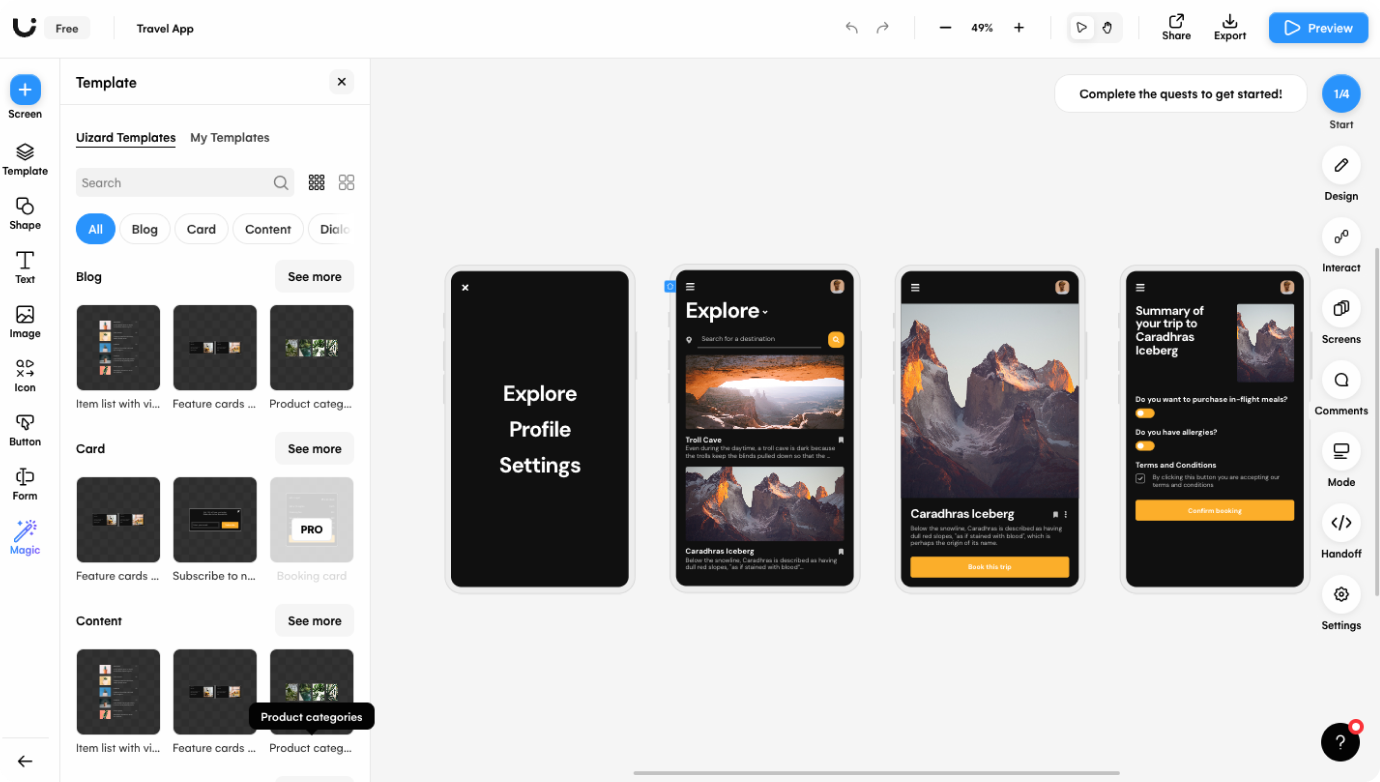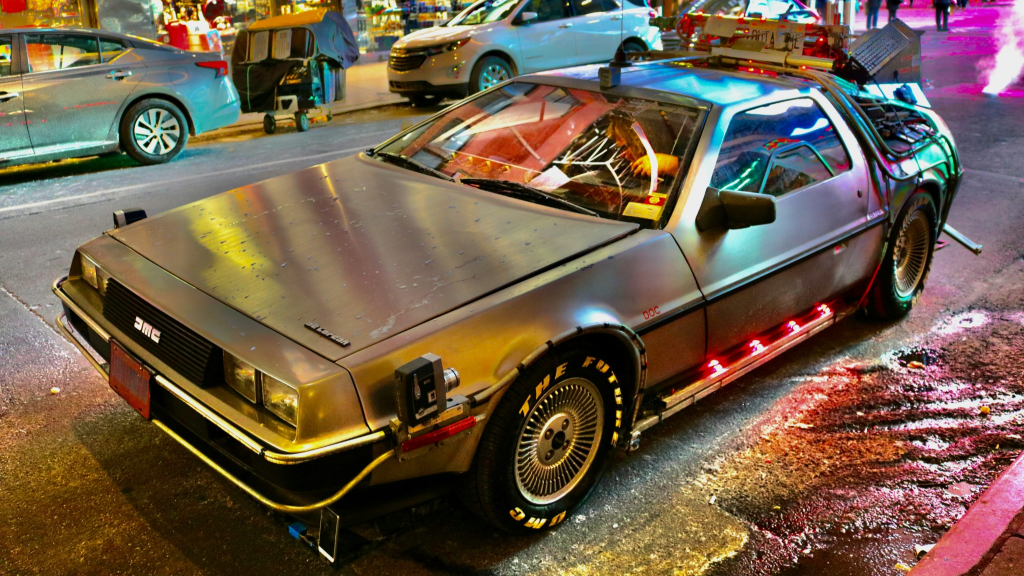Artificial Intelligence • August 30th, 2023
In the fast-paced world of design, efficiency is paramount. Enter Artificial Intelligence (AI), a game-changer in design automation. In this article, we explore how AI is transforming the creative landscape by automating repetitive design tasks. With a spotlight on tools that generate design variations and streamline layout design processes, we’ll witness how AI’s capabilities are enhancing design efficiency, unleashing creative potential, and reshaping the future of design.
The Challenge of Repetitive Design Tasks
Design, whether in graphic design, web design, or any creative field, often involves repetitive tasks that can be time-consuming and mentally exhausting. These tasks range from resizing images and adjusting layouts to creating multiple design variations for A/B testing. While essential, they can hamper the creative process and consume valuable time that could be spent on innovation.

UIzard is one of the easiest-to-use design and ideation tools – powered by AI.
The Promise of AI in Design Automation
AI’s foray into design automation holds the promise of liberation. By harnessing AI, designers can offload repetitive tasks to intelligent algorithms, freeing themselves to focus on higher-level creative thinking and strategic decision-making. Let’s dive into the key areas where AI is making a significant impact:
- AI-Generated Design Variations: AI-powered design tools can generate multiple design variations with incredible speed and precision. Whether it’s creating different color schemes, font combinations, or layout options, AI analyzes design principles and user preferences to produce diverse alternatives. This not only saves time but also expands the creative possibilities, enabling designers to explore a broader range of options.
- Layout Design Streamlining: Layout design is a critical aspect of various design disciplines, including web design, print media, and advertising. AI algorithms are becoming adept at automating layout design tasks. They can arrange text and images, adjust spacing, and optimize visual hierarchy based on design principles and user-centered criteria. As a result, designers can expedite the layout design process while maintaining design quality.
- Image Editing and Enhancement: Image manipulation is another area where AI shines. Whether it’s retouching photos, removing backgrounds, or enhancing image quality, AI-driven tools offer an efficient solution. They can automatically identify and correct imperfections, saving designers hours of manual editing.
- Content Generation: AI can also aid in content creation. For instance, in marketing design, AI-powered copywriting tools can generate persuasive ad copy, product descriptions, and blog content. This not only accelerates content creation but also ensures consistency and quality.
- Rapid Prototyping: In the realm of product design and user interface design, AI is streamlining the prototyping process. Tools powered by AI can translate design wireframes into interactive prototypes, saving designers the laborious task of coding and programming.
The Synergy of AI and Human Creativity
Design automation through AI doesn’t replace human creativity; it amplifies it. Designers and AI form a symbiotic partnership where AI handles repetitive, time-consuming tasks, and designers focus on ideation, strategy, and refining the creative vision. This collaboration enhances efficiency without compromising the quality of the final design.
Challenges and Considerations
As AI for design automation gains momentum, several challenges and considerations must be addressed:
- Data Quality: AI relies on vast datasets for training. Ensuring that these datasets are diverse, unbiased, and representative is crucial to prevent AI from perpetuating stereotypes or biases.
- Ethical Implications: Designers must navigate ethical concerns related to AI-generated content, such as copyright issues and plagiarism risks.
- User-Centric Design: AI should be used to augment user-centric design, not replace it. Designers must strike a balance between automation and human intuition.
The Future of Design Automation
As AI continues to evolve, the future of design automation holds exciting prospects:
- Real-time Collaboration: AI will facilitate real-time collaboration between designers and intelligent design assistants, enabling seamless feedback and ideation.
- Hyper-Personalization: AI will drive hyper-personalization in design, tailoring content and interfaces to individual user preferences.
- Cross-Disciplinary Integration: AI will bridge the gap between design and other disciplines, such as data science and marketing, leading to more holistic and impactful creative solutions.
Conclusion
AI for design automation is ushering in a new era of efficiency and creativity. By delegating repetitive tasks to AI-driven tools, designers can amplify their creative potential, deliver high-quality designs faster, and meet the demands of a rapidly evolving design landscape. As the synergy between AI and human creativity deepens, the future of design holds the promise of unprecedented innovation and efficiency.
If you enjoyed reading this article, please share it with a colleague or friend, and join me next week to learn about Ethical Considerations in AI-Driven Design.



